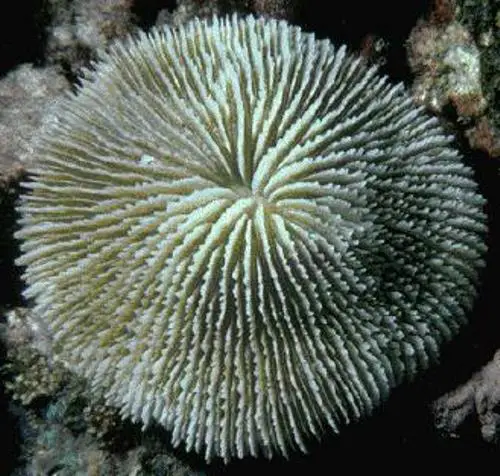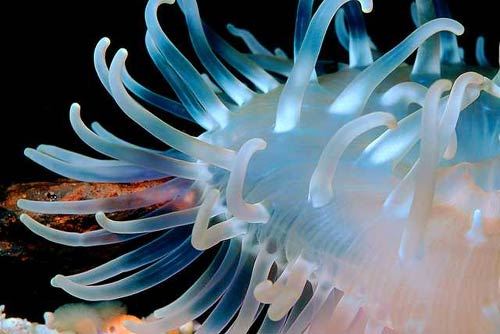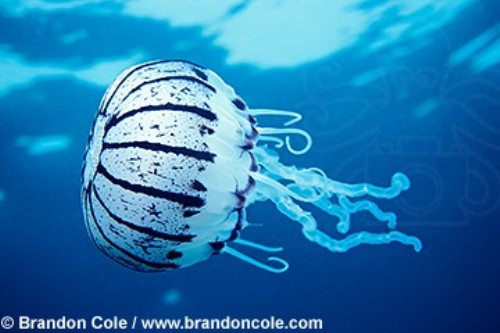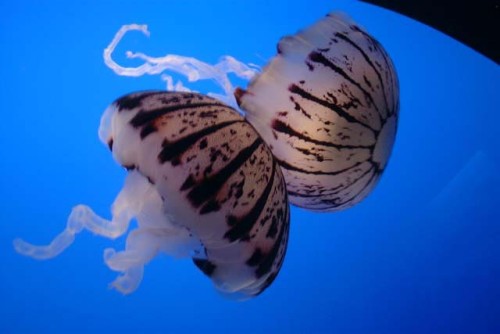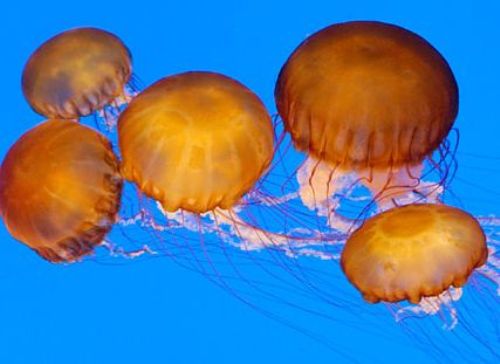10 Interesting Cnidarian Facts
Cnidarian facts will be the topic here. Cnidarian actually is the group of aquatic animals which differ from regular species. People consider this as interesting quality of animal. By reading the facts, you can also obtain more information about it.
Cnidarian Facts 1: habitat
Firstly, any people should know about the habitat of Cnidarian. Cnidarian indeed lives in aquatic area. Mostly of them live in marine area. Yet, you can also find some species of Cnidarian living in freshwater. Popular Cnidarians are pelagic, benthic, and also epibiont taxa.
Cnidarian Facts 2: food hunting
Cnidarian can become both actively and passively predators. They hunt their food or animals by using their tentacles. The better the habitat is the better the chance Cnidarian gets the food. This is basic knowledge actually.
Cnidarian Facts 3: the associations
Cnidarian has gastrodermal cells. The cells contain microscopic mutualistic algae. The color of such algae commonly is gold-brown. You can find as well in some anemones, the color of algae is green. The algae can produce most of nutrition needed by Cnidarian.
Cnidarian Facts 4: the predators
You can notice some predators of such animal such as coral feeders, Chatognatha, Polychaeta, Scaridae, Decapoda, Isopoda, Asteorida, Gastropoda, Priapula, Gadidae, Odontoceti, and others. Those predators are the main enemy of Cnidarian.
Cnidarian Facts 5: the preys
Cnidarian has some preys also. The most common preys are zooplankton, ciliates, meroplankton, doliolidae, calanoida, cyclopoidea, pteropods copepod, calanus, mysidae, gammaridae, clupea, alosa, scomber, peprilus triacanthus, phytoplankton, decapoda, hyperiidae, and others. The most favorite one perhaps is the zooplankton.
Cnidarian Facts 6: reproduction
Cnidarian has both sexual and asexual in the aspect of reproduction. There are species which can perform both of the methods. The asexual reproduction is the cloning process including fragmentation, budding, and fission.
Cnidarian Facts 7: risk for human
There is a stage of Cnidarian called as seabather’s eruption. It is a larval stage. Human can suffer problem from this. The area affected in human is around the garments worn by them. Those who suffer bigger risk are swimmers or bathers. The reason is because the larva remains within the garments.
Cnidarian Facts 8: characteristics
Cnidarian has some noticeable characteristics such as gastrovascular cavity having a mouth, one opening. The usage is to take food and also release waste. Actually, different type of Cnidarian has different characteristic as well.
Cnidarian Facts 9: the Jellyfish
Jellyfish is part of Cnidarian species. Jellyfish can have more than 800 tentacles. The tentacles are used to hunt food or prey actually.
Cnidarian Facts 10: the age
It is known that Cnidarian is older than Dinosaurs. In the aspect of size, Cnidarian has different shape and size actually.
Reading facts about Cnidarian can provide you more information about it. In this case, you can review based on internet or magazine to find better facts to learn.
